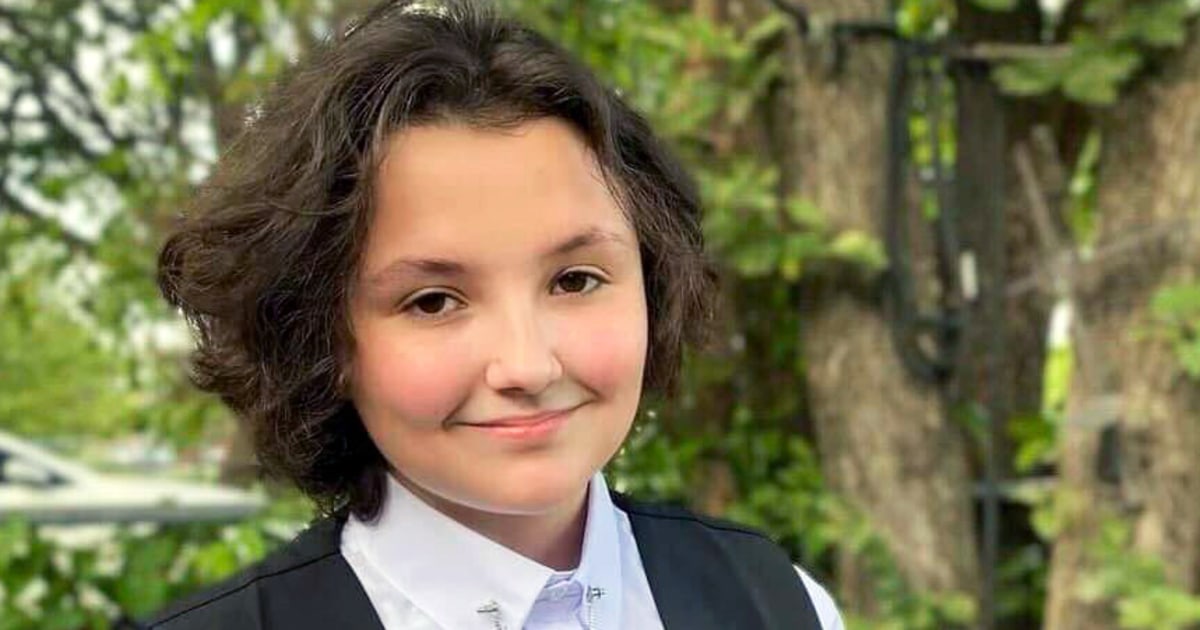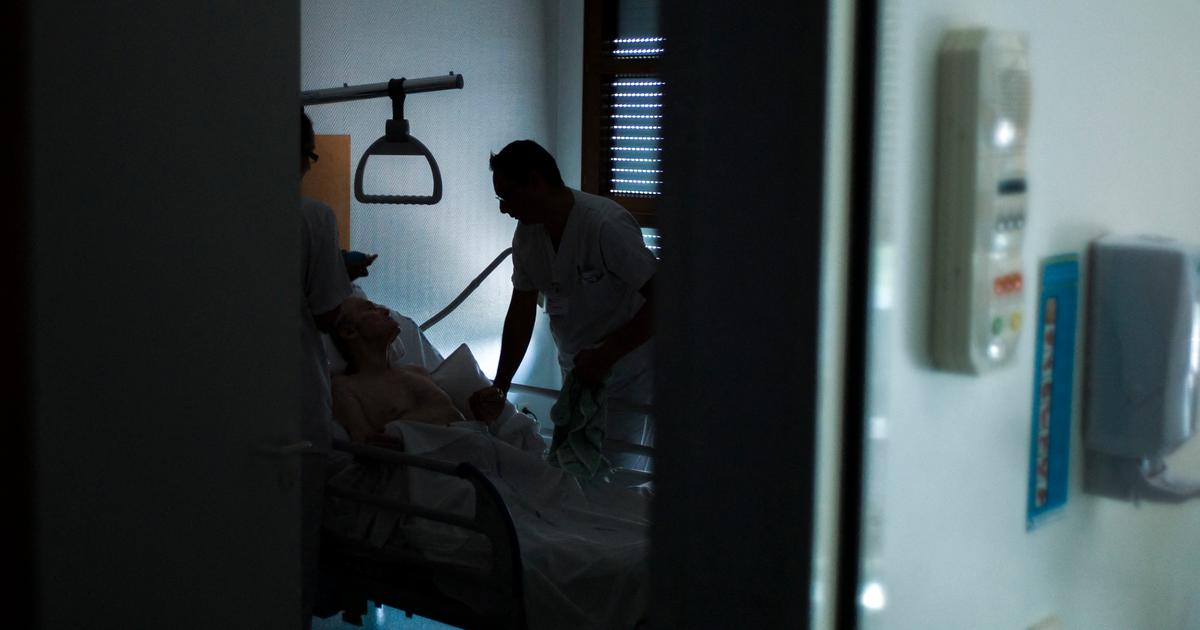Cory Russo, chief death investigator in Utah, is used to asking strangers questions in the most atrocious moments of her life. When he shows up at the scene of a suicide, homicide or other unexpected death, his job is to interview the bereaved about how the deceased had lived.
How old was he? What was his race? Did he have a job? Had he been hospitalized for psychiatric problems? How had he felt that morning?
Over the past two years, he has added new questions to the list: What was his sexual orientation? What was her gender identity?
Russo, who works at the Salt Lake City Medical Examiner's Office, is part of a relatively small group of death investigators across the country who routinely collect that data, even though sexuality or gender identity may be relevant to the circumstances surrounding a person's death.
He recalled the recent suicide of a young man who died in the home of an elderly man. During his interviews, Russo learned that the man had been living with them for a year, since his family had kicked him out of the house for being gay. He had struggled with emotional upheavals and addictions.
"It was heartbreaking to hear," said Russo, a lesbian who has lost loved ones to suicide. "In that case, it was very pertinent to understand that fact."
Information gap
Studies of LGBTQ people show that they have high rates of suicidal thoughts and suicide attempts, factors that greatly increase the risk of suicide.
But since most death researchers don't collect data on sexuality or gender identity, no one knows how many gays and transsexuals die by suicide each year in the United States. According to the researchers, this information gap makes it difficult to tailor suicide prevention efforts to the needs of those most at risk and to measure the effectiveness of programs.
The lack of data is especially unfortunate now, they said, when assumptions about suicide rates among LGBTQ groups are frequently the subject of heated political debate.
Some LGBTQ advocates have warned that banning gender-affirming health care for transgender minors will lead to more suicides, for example, while some Republican lawmakers claim suicide deaths are rare.
Utah, which like many mountain states has a high suicide death rate, has been at the forefront of efforts to collect that data since 2017, when the state legislature passed a law mandating detailed investigations of suicides.
Lawmakers "were exasperated to be asked to respond to the suicide crisis in our state with a blindfold," said Michael Staley, a sociologist who was hired to lead the data collection effort at the Utah medical examiner's office. "It's a huge fire."
In the months after investigators like Russo show up at the scene of a death, Staley's six-person team conducts "psychological autopsies," contacting the relatives of everyone who dies in the state from suicide or drug overdose to get detailed information about the lives of the deceased.
This data — which includes information about their sexual relationships and gender, as well as their housing, mental health, drug problems and social media use — can be used to help understand the complex set of factors that contribute to people deciding to end their lives, Staley explained.
Staley plans to release a report later this year describing interviews with families of those killed by suicide in Utah over the past five years.
In the case of children and adolescents who die by suicide, the team interviews not only parents and guardians, but also several close friends. In some cases, Staley recalls, friends knew of the deceased's struggles with sexuality, gender or drug use that the parents were unaware of.
These conversations can be extremely difficult. John Blosnich, director of a research initiative called the LGBT Mortality Project at the University of Southern California, has conducted visits to observe and train researchers on the importance of collecting data on gender and sexuality. Their training also helps investigators cope with the distress or stigma of questions to friends and family of the deceased.
"They talk to families who are shocked, enraged, sometimes catatonic about the loss," Blosnich explained.
So far, Blosnich has trained researchers from Utah, Nevada, Colorado, New York and California, where a 2021 state law launched a pilot program to collect data on sexual orientation and gender identity.
In a recent study of 114 researchers in three states, Blosnich reported that, before going through the training, only about 41% had asked directly about a deceased person's sexual orientation and only 25% had asked about gender identity.
Medical examiners submit homicide and suicide reports to the Centers for Disease Control and Prevention (CDC), which maintains a database of violent deaths with extensive demographic, medical, and social information including toxicological tests, mental health diagnoses, and even accounts of economic and family hardship.
But a study of more than 10,000 young adult suicides reported to the CDC database found that only 20% included information about the deceased's sexuality or gender identity.
Another health department agency, the Office of the National Health Information Technology Coordinator, is trying to establish new rules that would force any hospital that receives federal money to ask its patients about their sexuality and gender identity.
A task with limitations
Death investigators are "limited by the fact that they can't question the person," said Dr. John Auerbach, who worked on standardizing questions about sexuality and gender at the CDC from 2021 to 2022.
If doctors routinely talked to their patients about sexuality and gender identity, that information could help answer other public health questions as well, such as those related to the relative risk of cancer or diabetes in the LGBTQ community, Auerbach said.
But this approach has its limits. Patients may not feel comfortable disclosing that information to their doctors. And those who do not interact with the health system may be at especially high risk of suicide.
LGBTQ advocates said obtaining such data has become more urgent over the past two years, as states across the country have imposed restrictions on many aspects of gay and transgender people's lives.
"In the absence of data, it's too easy to dismiss us," said Casey Pick, director of legislation and policy for the Trevor Project, a nonprofit focused on suicide prevention among LGBTQ youth that lobbies at the state and federal levels to begin collecting such data.
"I've heard it too many times: Lawmakers and public witnesses at hearings suggest that the LGBTQ community is sounding a false alarm about suicides because we don't have that data to be able to show it," Pick said.
It's also important to recognize that there is data that isn't known, Staley said. Although studies report a high rate of suicidal thoughts and suicide attempts among lesbian, gay, and transgender people, that doesn't necessarily mean a high suicide rate."
She noted that while women have a higher rate of suicide attempts than men, men have a much higher rate of suicide deaths, in part because they have more access to guns.
And Staley, who is gay, warned of political narratives that "normalize suicide as part of the queer experience."
"I would say that, if anything, this life experience prepares us to be resilient," he said. "Our fate is not sealed. Our history is not written."
The New York Times
Translation: Elisa Carnelli
EMJ
See also














